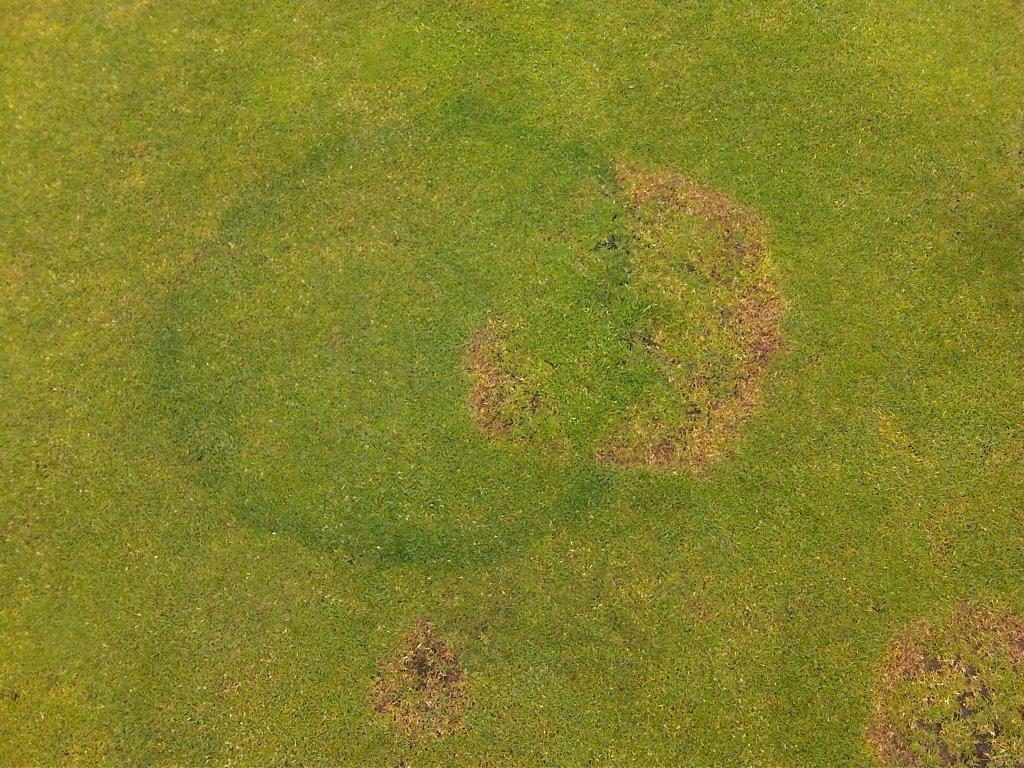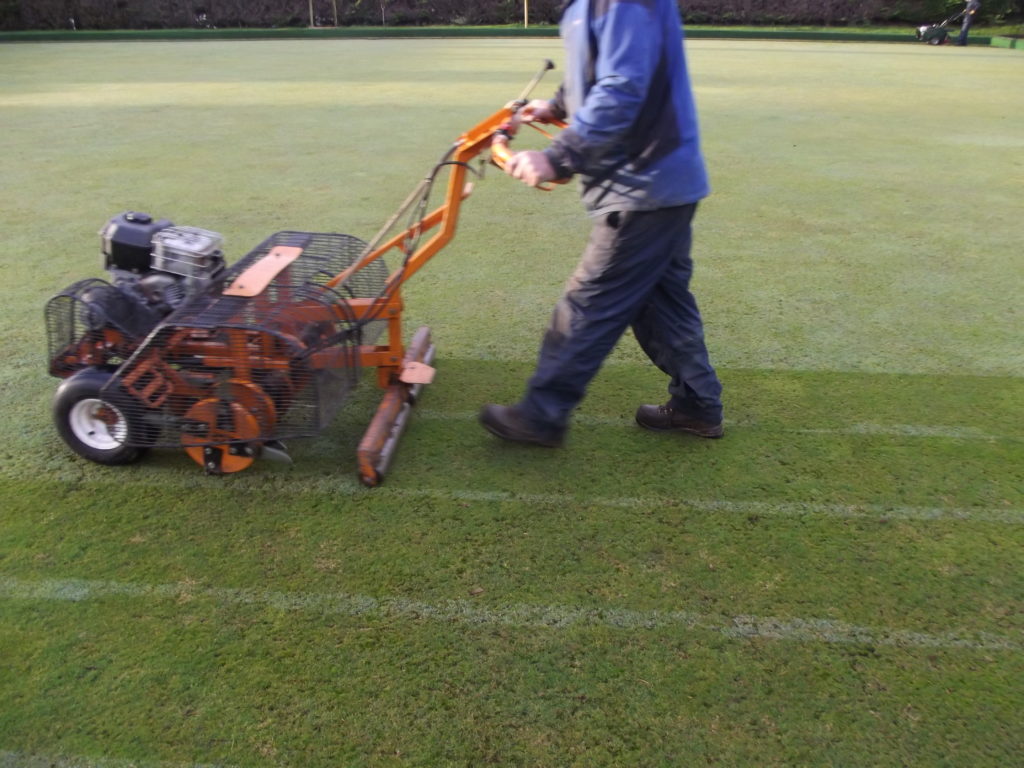In the green renovation phase we are mainly concerned with the physical and quick reduction of the existing thatch layer, A process that will create vastly improved soil conditions and will encourage the increase of soil microbial activity.

Master Greenkeeper John Quinn is the author of Performance Bowling Greens, and several other titles on Greenkeeping, Club and Business Management.

In the green renovation phase we are mainly concerned with the physical and quick reduction of the existing thatch layer, A process that will create vastly improved soil conditions and will encourage the increase of soil microbial activity.

You might read about the possibility of dealing with fairy ring by using fungicides, or even be advised to use such an approach. Fungicides could well be part of the reason you have fairy ring in your turf in the first place so it’s best not to go down this road. Applying fungicide now is a sure way to cast your green back into another spin on the Circle of Decline. The correct action plan is clear and simple.

I’ve sometimes asked readers of this blog to take on board some fairly lofty principles, which at first, might seem unrelated to the real world of daily greenkeeping with all the incumbent pressures and demands it brings. Bowling green performance is a long term game and consistently paying attention to 3 key principles will pay great dividends. In stark contrast to this we have the chopping and changing of techniques, materials and ideas I see and hear about at clubs all over the UK which almost always results in disappointment.

Bowls Central Academy Membership offers a series of new benefits to members, most importantly a growing range of online educational courses in Greenkeeping and related subjects.
Current Courses Include:
Of course I’ve given a great deal of the focus of Academy Membership over to education and the online study courses, but there is a list of other benefits for members.
The available courses, levels of study and other member benefits will be added to on a regular basis.
Over the course of many years of providing the Bowls Central Soil Analysis service and based on the thousands of reports I’ve written, certain trends have been revealed, and these relate very closely to a group of problems I have termed collectively as The Circle of Decline in fine turf. Perhaps the most annoying and …